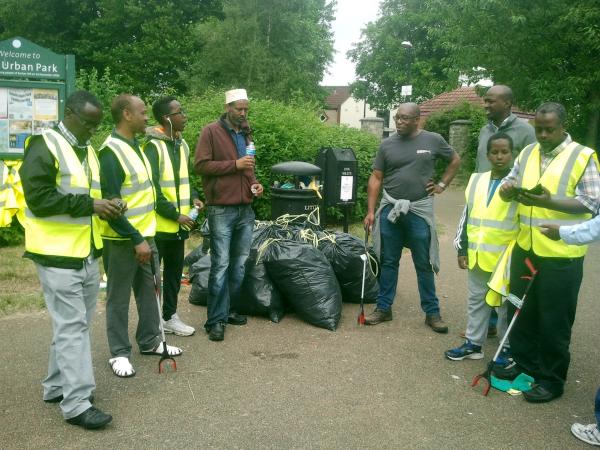Introducing the Stockholm
In the world of metrology there are standardised and internationally-recognised units of measurement such as the metre for linear distance, gram for weight and litre for liquid measurement.
In everyday life there are also informal units of measurement used by people to give or gain an idea of the magnitude of a particular phenomenon.
In terms of surface area, for instance, there’s the football pitch. Imperial Tobacco, my employers many years ago, used to like to boast that the cigarette production hall at W.D. & H.O. Wills’ factory in Hartcliffe, Bristol, (once the largest cigarette factory in Europe. Ed.) had an unobstructed floor area, i.e. free of the pillars supporting the roof structure, equivalent to three football pitches. Another common measurement for surface area is the Wales, particularly for larger items than football pitches.
Also in common use for informal metrics are the double-decker bus and cricket pitch, both for linear distance.
This plethora of informal measurements has now been joined by a newcomer, the Stockholm, courtesy of the Bristol Post, the city’s newspaper of warped record.

Reporting yesterday on the shameful fact that Bristol, in spite of its huge housing crisis, now has 5,785 empty homes in the city, the Post then goes on to introduce Sweden’s capital as a new unit of measurement specifically for vacant homes, stating:
Nationally, there are now just short of a million (980,565) properties deemed uninhabited – about the same amount as the entire housing stock of Stockholm.
There you have it.
Finally, a word of caution, under no circumstances should the Stockholm as a measurement of empty homes ever be compared with so-called Stockholm syndrome, a psychological condition in which hostages develop a psychological alliance with their captors as a survival strategy during captivity.
If readers do happen to come across any further undocumented units of measurement, please alert your ‘umble scribe via the comments below.
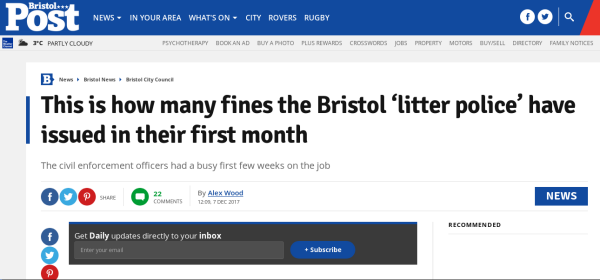
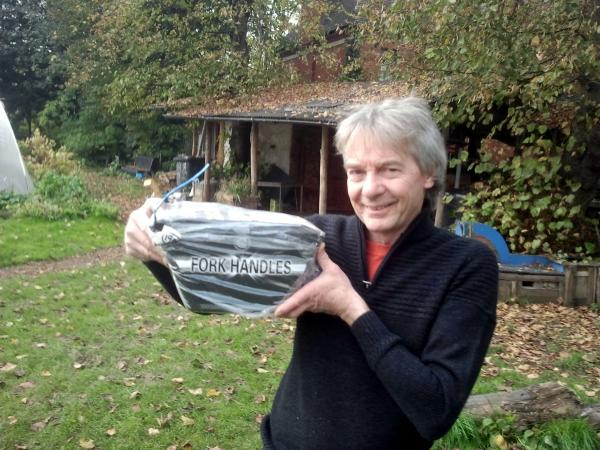
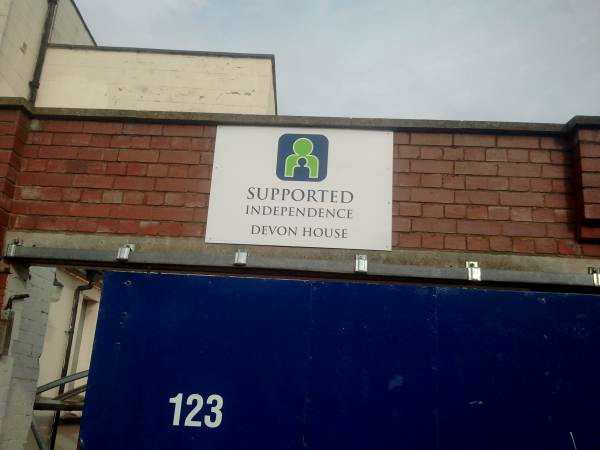
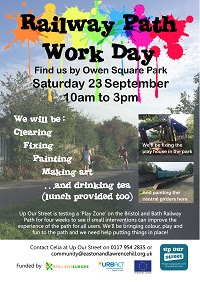 This coming Saturday 23rd September,
This coming Saturday 23rd September, 

 The shambles that is the Ministry of Justice’s outsourcing of court interpreting services continues, although it does not have such a high media profile these days.
The shambles that is the Ministry of Justice’s outsourcing of court interpreting services continues, although it does not have such a high media profile these days.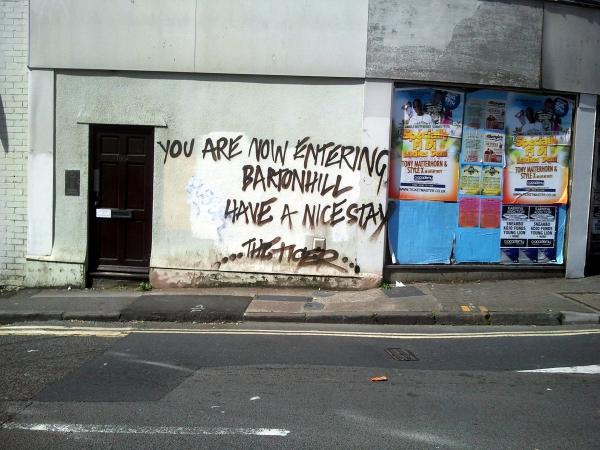
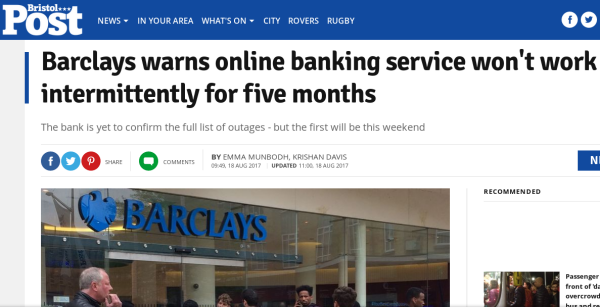
 Yesterday, along with Kurt James, Bristol City Council’s co-ordinator for the
Yesterday, along with Kurt James, Bristol City Council’s co-ordinator for the 